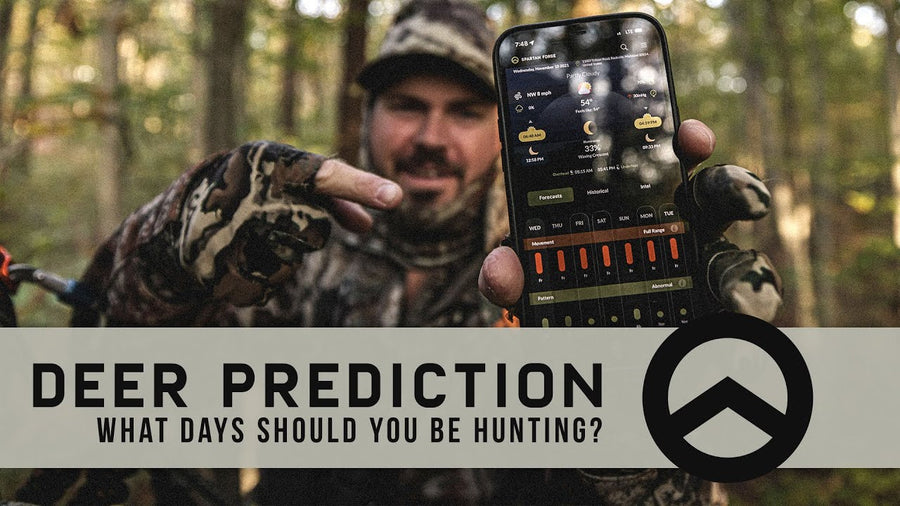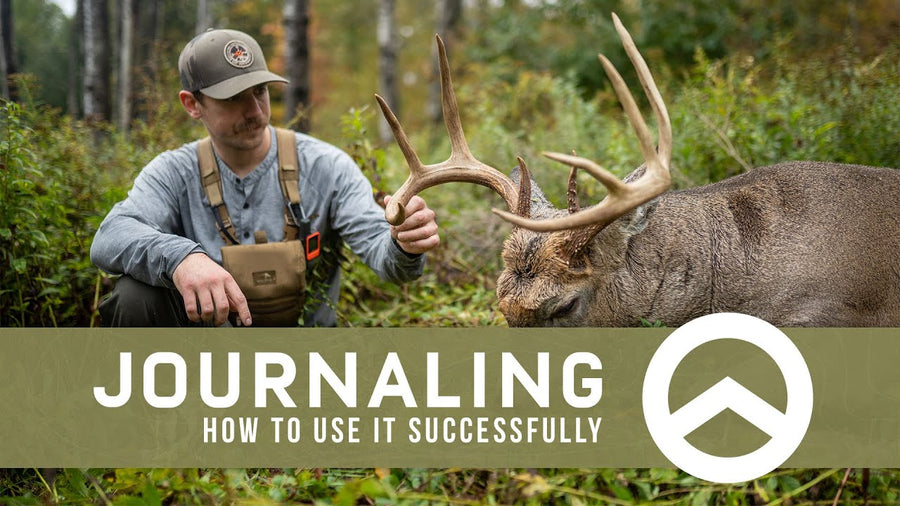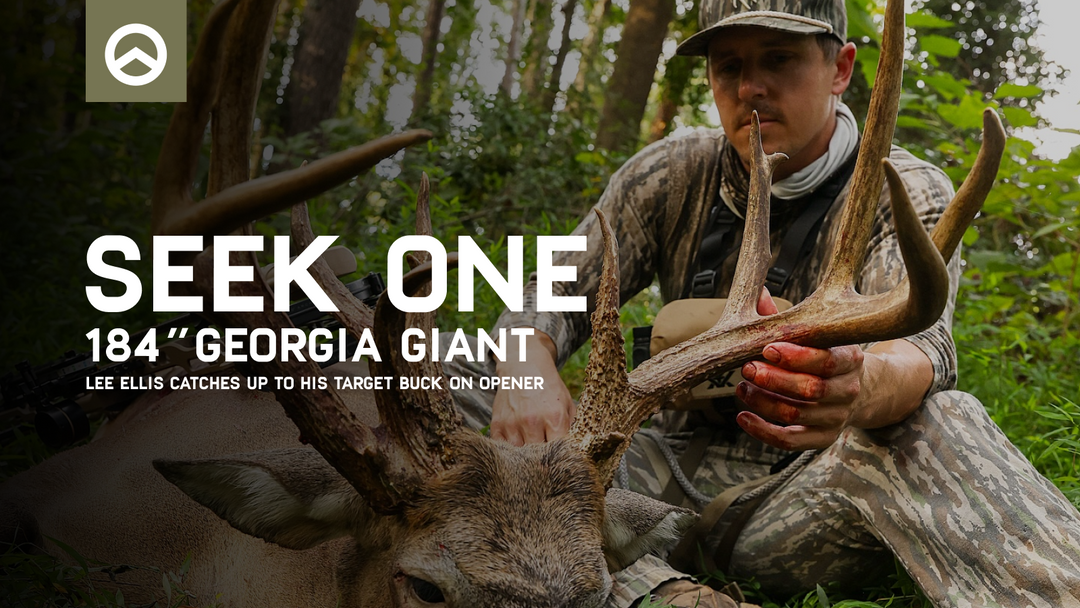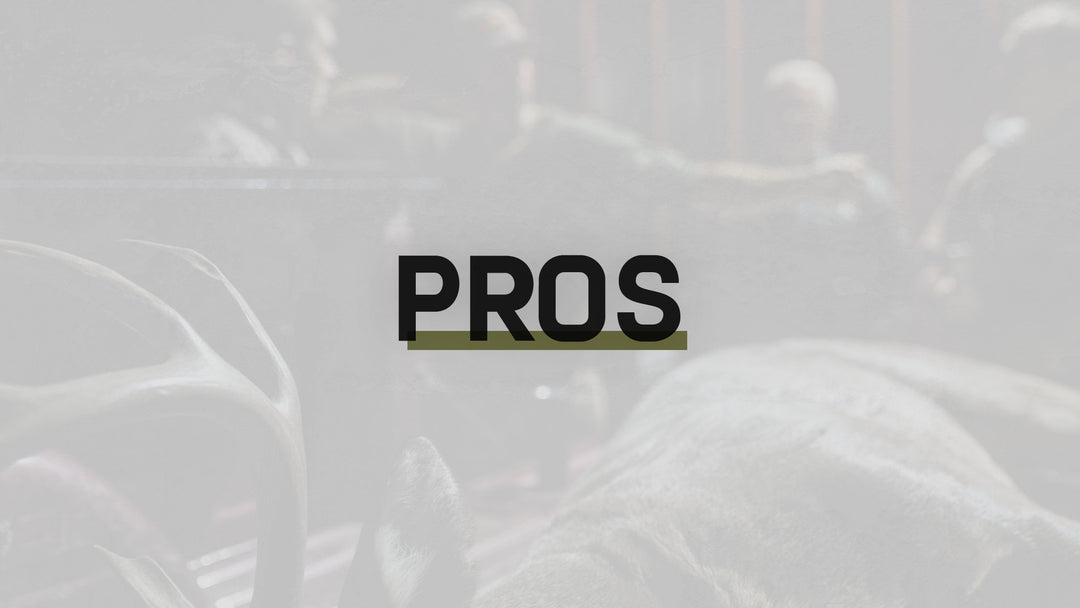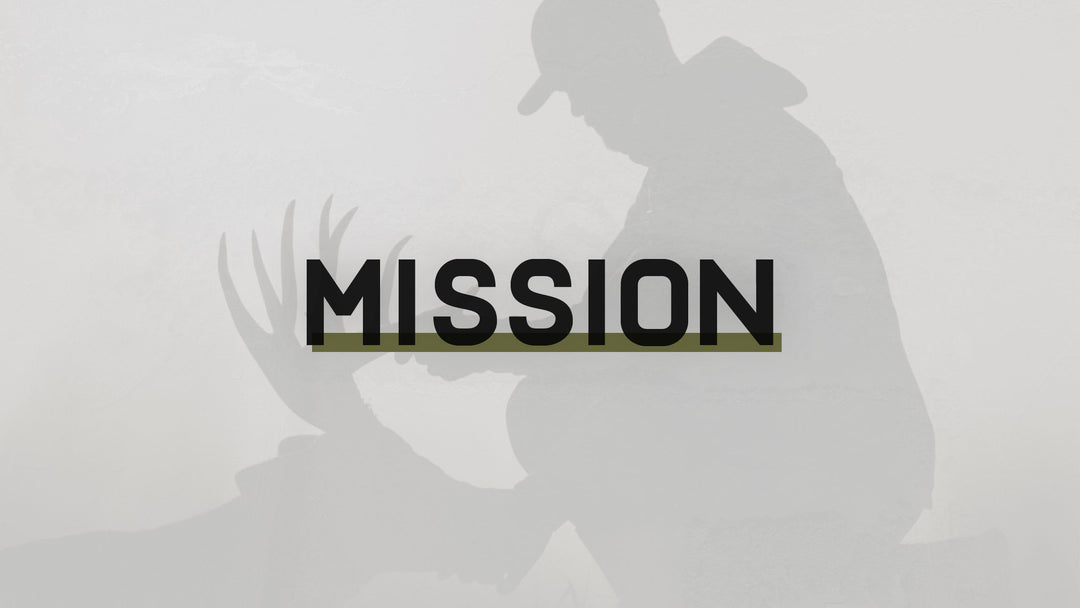Finalizing Your Whitetail Setups
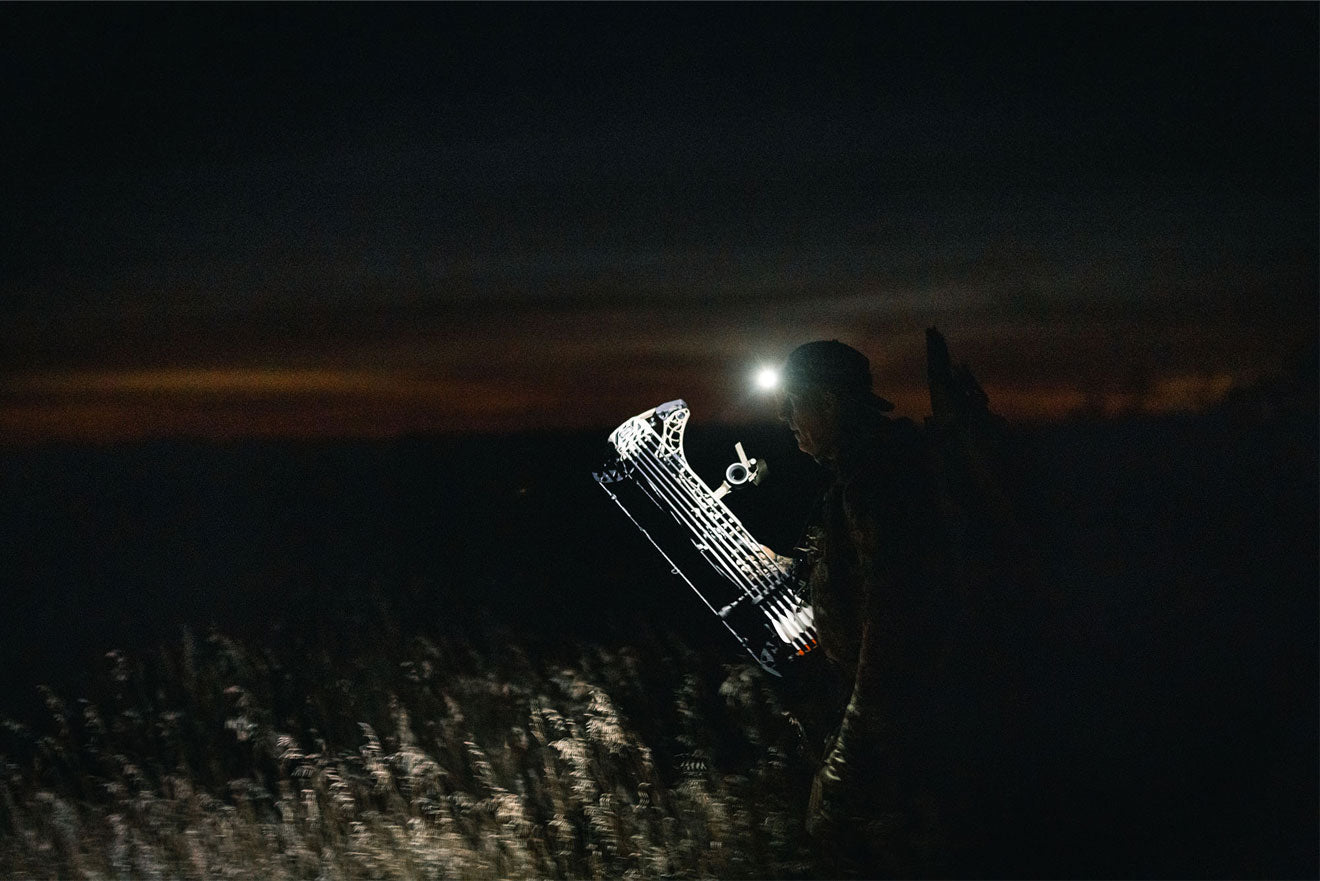
The wait is finally over. Opening days are starting to trickle in and pretty soon, most of the country will be in full swing. My public land opening day is a little less than a month away, but my private land season has already begun. It’s deer season. Like me, you’ve been waiting for it all year long. There were a few months where we were distracted by distant gobbles, but that seems like an eternity ago at this point. All the miles walked, the trail cam pics saved, the waypoints marked – am I the only one who sees aerial imagery when he closes his eyes at night? All that prep work has led up to these next few weeks. But to make sure our first few sits aren’t a complete flop (as much as we can), there’s an important checklist to run through to make sure we’ve dotted every “i” and crossed every “t” on each setup.
Entry/Exit Routes
If you haven’t figured out the best way to enter and exit your spots, the time is now. It can be easy to figure out a good route in without bumping deer or getting winded, but figuring out the best exit is not always that simple. Though many hunters may choose the same route in and out, the best way to enter is not always going to be the best way to exit. For an evening hunt, deer are usually bedded down during your entry, but they’ll be feeding and traveling as you exit, so making sure you know their preferred travel routes is essential to not bumping them as you walk out. That goes for you and your wind. As a side note, hunting over travel routes makes it easier to leave undetected versus hunting directly over food. It can be extremely difficult to climb down around food without blowing the place out. However, if you’re dead set on hunting right over falling acorns or on the edge of a kill plot during an evening hunt, you may want to rip off a coyote call to clear the area before climbing down. Otherwise, you’ll likely be in for a lot of blowing as you start your descent. With large food plots, it’s a little easier to sneak out undetected.
Tree Selection
This is a huge one. If you’re anything like me, you’ve probably found killer spots in the past, marked them on the map, and walked right out without choosing the exact tree you were going to set up in. Or maybe you chose the tree, but didn’t climb it to see if there was anything obstructing your view or shooting lanes. That’s really easy to do after scouting for a few hours in the heat. You find a great spot, look around, envision which direction the deer would approach from and which tree would be the right one, but you’ve got other spots to check out with time and energy fading, so you just keep on moving. The problem with that is a tree may look great from the ground, but everything looks different 20 feet up. There may be small or large limbs covering the trail you’d likely shoot to. Or the limbs behind you that you thought would break up your silhouette may actually be closer than you realized, inhibiting you from drawing or making an offside shot if deer come from a direction you didn’t anticipate. So, it’s critical to actually climb the tree, hook into your saddle or hang your stand, pretend to draw your bow, and aim at every location a deer could approach from. It might show you that you need to reposition around the tree a bit, or even move up or down the tree a few feet. If you’re on public land where you can’t trim limbs, it’s even more important to do this. If you’re on private land, trimming limbs is best done weeks or months in advance, but if you have to trim, now is the time; not the day you go in to hunt.
Spots Found During Post-Season or Spring Scouting
Post-season and spring scouting can offer some of the best intel to use during the fall. Post-season scouting allows you to put a lot of pieces together that you couldn’t during the previous season. Turkey season can also offer a lot of good intel, finding sheds and beds, as well as bumping deer, while chasing gobblers. I often mark a lot of good bedding and rub lines while scouting and hunting turkeys, but come September, those areas tend to look a lot different than during March and April. The open timber where I found good sign earlier in the year may look more like a jungle the first few weeks of the season. So, if you haven’t revisited some of those spots since things started greening up, it’s important to go back prior to the season to map out good entry/exit routes, as well as verifying tree selection and shooting lane clearances as stated earlier. Also, going back prior to the season allows you to verify whether there are still deer using the area as a summer range, or if it was likely a fall range that should be left for later in the season.
Solidify Plans for October
If you’re a mobile hunter, it’s a lot easier to stay with the action during September when acorns begin falling, but it’s important to go ahead and locate the areas you think deer will congregate to feed on those preferred mast crops if you haven’t already. If you found good possible oaks earlier in the year, but aren’t sure that they’ll have a good acorn crop, now is the time to sneak back in to verify. Knowing the good oaks that are relatively close to bedding or preferred travel routes gives you options to immediately start hunting when acorns are falling. You won’t have to scout your way through the timber, leaving your scent everywhere and bumping deer. You’ll simply use your predetermined entry/exit routes based on wind and thermals, climb the tree you’ve already selected, and lessen your impact on the herd 10-fold versus scouting for oaks mid-season.
Observation Sits
If you’ve scouted an area and know it holds good bucks, but still aren’t quite sure of the best plan of attack, there’s no need to booger up the area just because the season is in. If you’ve put in the work, but haven’t gotten enough intel to put a good plan together, it may be a good idea to put in at least one observation sit from a distance to try and get a better idea of what’s really going on. There may just be something you’re missing from the bigger picture that could be found through glassing from a spot that offers a lot of visibility. That might be the top of a ridge overlooking a bottom near a well-worn creek crossing, a field edge overlooking standing corn, or a tower stand overlooking a cutover. Of course, I’m not saying to always leave your bow or rifle at home for every mid-season observation sit because you never know what can happen. I’m simply suggesting that if your scouting efforts haven’t painted the whole picture yet, scouting more from a distance is usually more productive than “scouting” while hunting a spot that you hope produces.
Don’t Wait
Whether you’ve put in a lot of pre-season work or you’re a little late to planning out your early-season strategy, everything rests on the details. So, make sure to take the time to think through every possible detail for each spot, from entry/exit and tree selection to the gear you’ll pack in and the predominant wind. The Journal feature within the Spartan Forge app is a great resource for making note of all these things. Your first hunt of the season isn’t the best time to work out all the kinks. The time is now. So, make your last-minute adjustments, finalize your setups with as little pressure as possible, and walk in to every hunt confident in the plan you’ve built.
Written by Alex Killman at Southeastern Bowhunting
